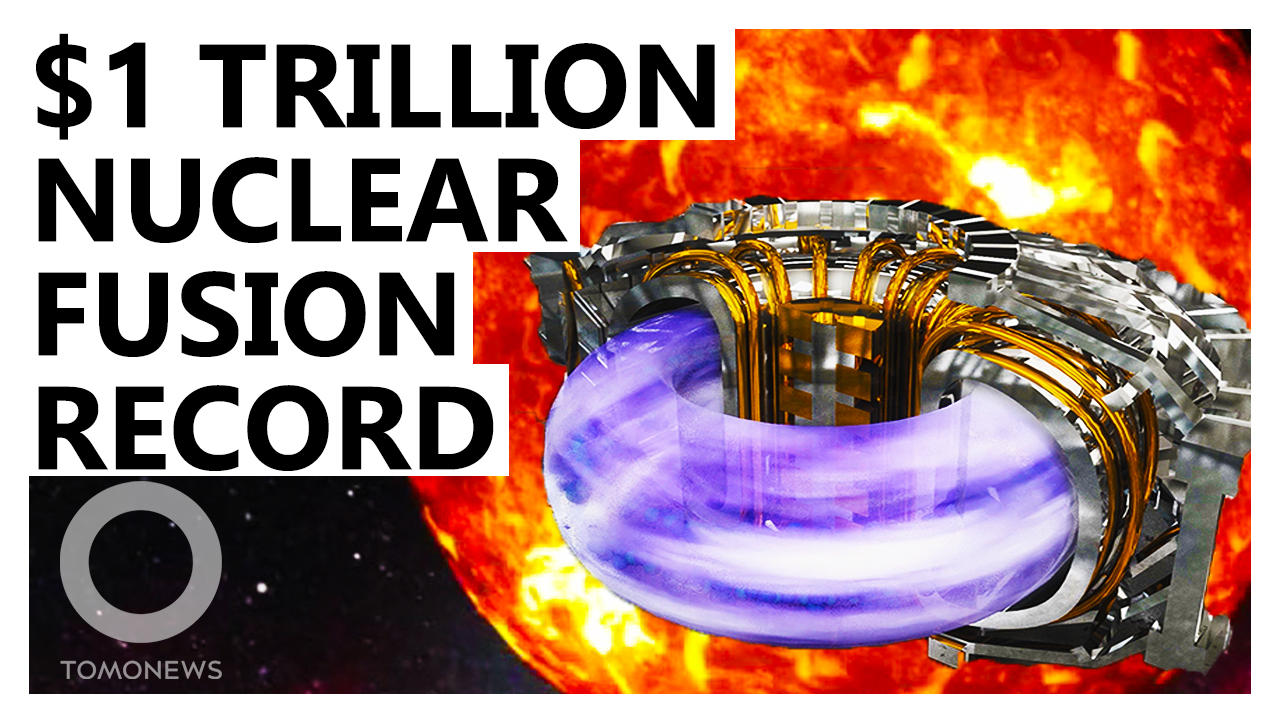
HEFEI, CHINA — China's $1 trillion Experimental Advanced Superconducting Tokamak fusion reactor has superheated a loop of plasma to 70 million degrees Celsius, or five times hotter than the sun, for a new record of just over 17 minutes, according to Live Science, breaking the previous record of 390 seconds set by France's Tore Supra tokamak in 2003.
Nuclear fusion involves using extremely high pressures and temperatures to induce collisions between hydrogen atoms to make helium, which sees matter converted into light and heat.
This process is at the heart of how stars are fuelled, and mimicking it is extremely desirable because it does not generate greenhouse gasses, or nuclear waste.
One key difficulty, though, is that fusion reactors cannot recreate the same intense pressure for the reactions as stars, and thus must operate at much higher temperatures.
Controlling plasma at these temperatures so it doesn’t burn through reactor walls, either with lasers or magnetic fields, is extremely problematic technically and, as such, New Atlas clarifies that rather than fusion, the latest experiment tested the Chinese tokamak's ability to tolerate such high temperatures over long periods, sustaining superheated plasma similar to the kind that will eventually be used to create fusion, but for now generating much less energy output than goes into it.
Live Science explains that the Chinese device is ultimately being used to test out technologies for what is currently the world’s largest fusion project — the International Thermonuclear Experimental Reactor in France — which is expected to come online in 2025.
Nevertheless, its progress remains impressive.
The new record, announced on December 31, adds to a previous record set in May, when the same device reached a record plasma temperature of 120 million degrees Celsius for 101 seconds, which was unprecedented.
